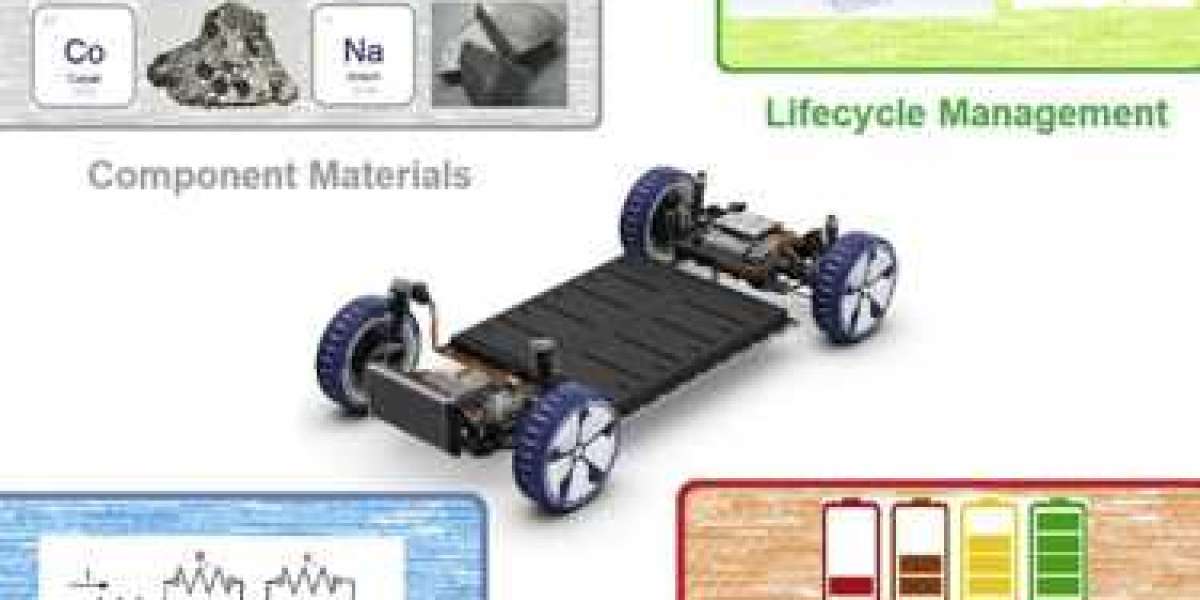As electronic devices become smaller, more powerful, and increasingly integral to our daily lives, effective thermal management has become one of the most trumonytechs Thermal Management engineering challenges. Miniaturization means packing more functionality into compact spaces, but it also means dealing with higher power densities and limited surface area for heat dissipation. Without adequate thermal management, excessive heat can compromise the performance, reliability, and longevity of electronic components. This is especially true in sectors like consumer electronics, medical devices, aerospace, and telecommunications, where precision and consistency are essential.
The miniaturization of electronics does not mean a reduction in processing capability. In fact, quite the opposite is true. Devices today perform far more complex tasks than those from a decade ago, while occupying a fraction of the space. The downside is that these densely packed circuits generate significant amounts of heat in small enclosures, leading to challenges in maintaining safe operating temperatures. Thermal buildup, if unmanaged, results in thermal throttling, component degradation, or even complete system failure. This is where high-performance thermal management becomes essential.
Traditional cooling methods, such as passive heatsinks or simple fans, are often insufficient for the demands of miniaturized devices. As a result, engineers and designers are turning to advanced materials and innovative design approaches to manage heat. One of the most significant advancements is the use of high-conductivity materials, such as graphite, graphene, and advanced ceramics. These materials can rapidly spread heat away from hotspots, distributing it across the device more evenly to prevent thermal concentration that could damage sensitive components.
Another important development is the integration of heat spreaders and vapor chambers into the device architecture. These components act as intermediate layers that efficiently transfer heat from high-temperature areas to regions where it can be dissipated more effectively. Vapor chambers, in particular, are increasingly used in smartphones, tablets, and ultra-compact laptops because of their ability to manage heat across a thin, lightweight structure. This allows manufacturers to preserve the slim profiles consumers demand without sacrificing performance.
In systems requiring active cooling, such as high-performance computing or compact servers, micro fans and miniature blowers are employed. These components are specially designed to fit into tight spaces while maintaining sufficient airflow. Innovations in fan blade geometry and motor efficiency have allowed for quieter, more effective cooling solutions that don’t interfere with the user experience or device aesthetics.
Thermal interface materials (TIMs) also play a vital role in miniaturized electronics. These materials fill microscopic air gaps between surfaces, enhancing the thermal connection between components like chips and heatsinks. With devices shrinking in size, the thickness and application precision of TIMs have become even more important. Manufacturers are now using nano-engineered pastes, gels, and pads that can offer higher conductivity while accommodating the thermal expansion and contraction that occurs during device operation.
Beyond hardware solutions, system-level thermal management is also crucial. Designers use simulation tools and computational models during the development process to predict thermal behavior and optimize the layout for heat distribution. This helps identify potential thermal issues early, before costly prototypes are built. The strategic placement of components, ventilation openings, and heat-generating elements can drastically influence the efficiency of thermal regulation, even in miniature formats.
Thermal sensors and control algorithms further enhance thermal performance in small electronics. Embedded sensors can continuously monitor temperature data and adjust system behavior accordingly—such as throttling CPU speed, activating cooling elements, or initiating safety shutdowns if a threshold is exceeded. These smart systems not only improve reliability but also help conserve energy and extend battery life in portable electronics.
The rise of wearable technology has introduced new considerations for thermal management. Devices like smartwatches, fitness trackers, and medical monitors must stay cool to the touch while in contact with the human body. In these applications, managing heat is not only about performance—it is also about safety and user comfort. Engineers must strike a delicate balance between functionality and form, ensuring that heat does not build up in a way that could cause skin irritation or discomfort.
In conclusion, thermal management is a foundational element in the successful miniaturization of electronic devices. It requires a multidisciplinary approach, combining materials science, mechanical design, and electronic engineering. As we continue to push the boundaries of technology—cramming more power, memory, and connectivity into ever smaller packages—the importance of precise and innovative thermal management will only grow. Future breakthroughs in electronics will depend not just on what devices can do, but how well they can stay cool while doing it.











